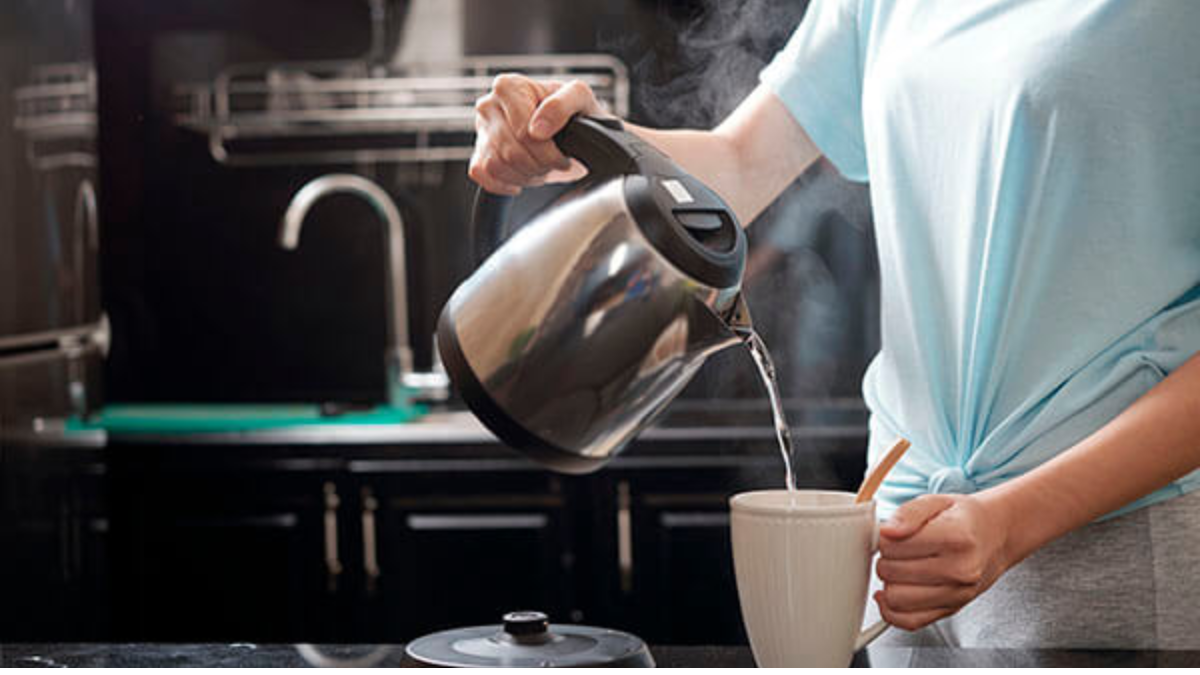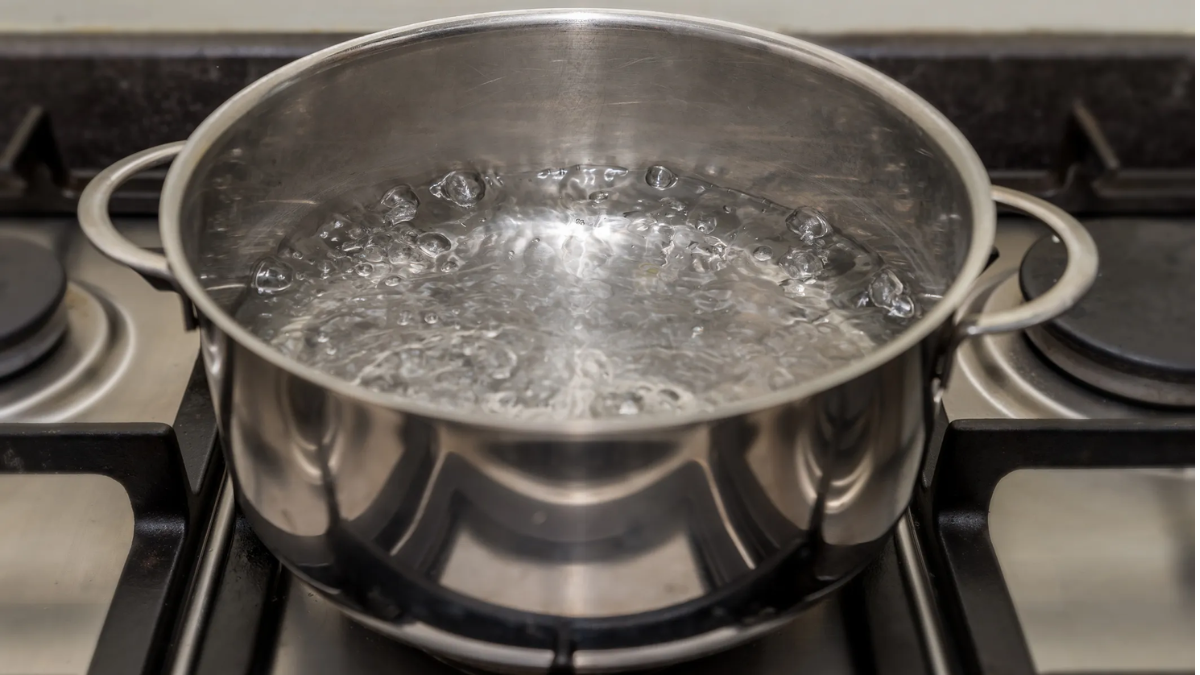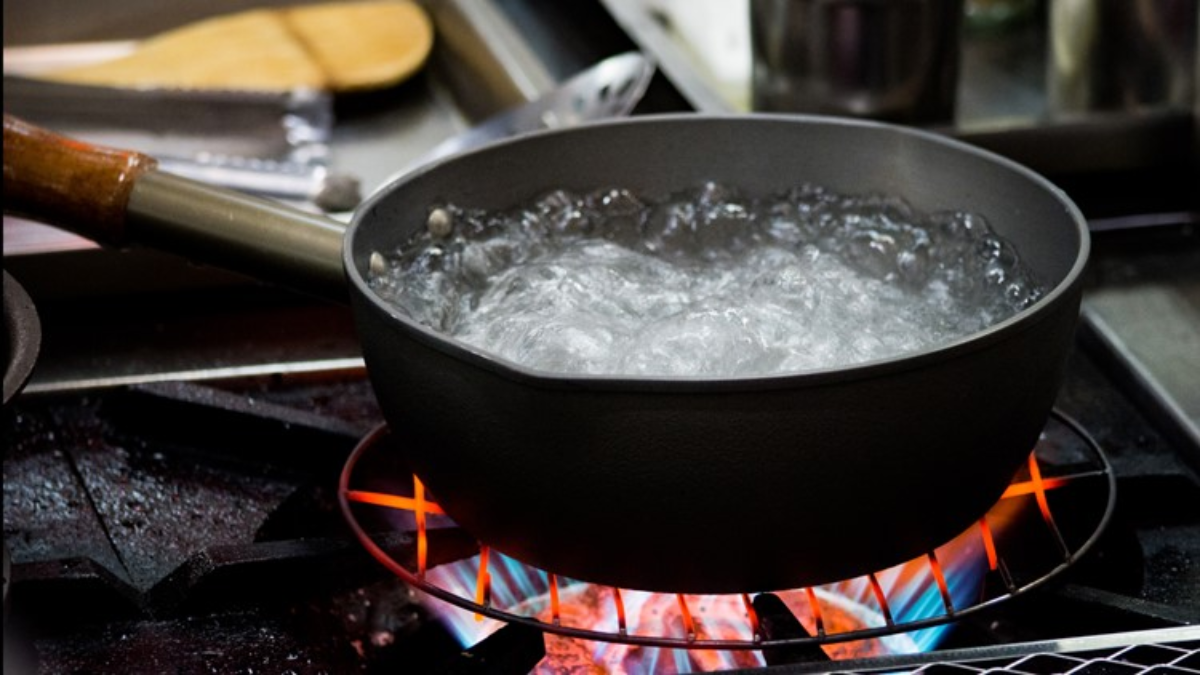Knowing how long to boil water is essential when you don’t have access to clean drinking water from the faucet. If the water appears hazy, you should filter it first before purifying any amount of it. After that, boiling water over a stove or another heat source is simple. If using heat is not an option, you can purify the water by adding a small amount of a chemical solution to it. Drinkable water that has been appropriately sterilized is free of germs and other tiny organisms.
If there is any biological contamination, boiling the water is safe to drink. Bring a batch of water to a boil for a few minutes to eliminate bacteria and other organisms. However, some contaminants, like lead, are more challenging to filter. Water from rivers and reservoirs contains various species, such as bacteria and viruses, before reaching a treatment facility. Although the water might seem clean, it likely has dangerous germs. Consuming some bacteria might disrupt your digestive system and result in cramping and diarrhea symptoms.
What is Exactly Boiling Water?
When a liquid is heated to its boiling point, which is the temperature at which the vapor pressure of the liquid equals the stress placed on it by the surrounding atmosphere, it quickly vaporizes, a process known as boiling. There are two primary types of boiling: nucleate boiling, in which tiny bubbles of vapor develop at distinct places, and critical heat flux boiling, in which a film of vapor forms on the boiling surface when the surface is heated above a critical temperature.
Transition boiling is a middle-ground, unstable sort of boiling that contains both kinds of components. Water has a boiling point of 212 degrees Fahrenheit or 100 degrees Celsius, but more significant elevations have lower atmospheric pressure.
By eradicating any potential microorganisms and viruses, boiling water makes it safe to drink. While different organisms react differently to heat, most microbes and viruses are inactive if water is kept at 100 °C (212 °F) for one minute. For the majority of germs, ten minutes at 70 °C (158 °F) is also sufficient.
Boiling, steaming, and poaching are just a few cooking techniques that require boiling water.
How to Boil Water?
Here are the fundamental, step-by-step directions for how long to boil water if you’re someone who “can’t boil water” because not everyone feels comfortable around a stove:
- Put your metal kettle or pot on the stovetop burner after filling it with water (or another heating source). If your kettle or pot lacks a lid, you can fill it halfway to prevent burns from boiling water that splatters and lands on you.
- Turn up the heat to a high or medium-high setting.
- Watch the water until it reaches a rolling boil. The tiny bubbles that first develop on the pot’s bottom are not a rolling boil. If you’re patient, you’ll eventually notice more giant bubbles rising to the water’s surface and producing bursting noises. The rolling boil stage is this.
- Time the water for one minute after it has achieved a roaring boil. If you want to be sure the water is safe to drink, let it boil for an additional two minutes (3 minutes total).
- Remove the kettle from the stovetop flame, be careful not to spill the water and burn yourself, and set it away to cool. Cut the burner off. The hot water can be used immediately for tea or coffee; if you’d instead, allow the water to cool to a lukewarm temperature before pouring it into a container with a lid.
Even if air has escaped from the water, it may taste a little flat and should remain palatable for around 24 hours.
How Long do you Boil Water to Purify it?
The simplest and most efficient way to purify water is to boil it. But how long should water be boiled before drinking? While some claim it only takes a minute, others claim it takes five minutes. You may have even read that purifying water requires boiling for 10 to 20 minutes.
What is the proper response? By declaring that clean water should be brought to a “rolling boil for 1 minute (at elevations above 6,500 feet, boil for three minutes),” the Center for Disease Control and Prevention (CDC) puts an end to the controversy. How is water purified by boiling? So as you know, boiling does not clarify the water. Viral, bacterial, and parasitic species are all killed by the intense heat.
According to information from the World Health Organization, 99.999 percent of bacteria, protozoa, and viruses will be reduced (killed) in water at a temperature of at least 158°F (70°C) in less than a minute. Therefore, all germs vanish when the water reaches the boiling point of 212° F (100° C). While it isn’t ideal to wait for the water to cool, you might make a cup of coffee while it is still hot and pure.
3 Other Ways to Purify Water for Drinking
The best way to clean water is to boil it, but what if you can’t get it to boil? What if you don’t have a source of heat? What do you do if you run out of gas or power? If you can’t get bottled water, what do you do?
You can use the following alternatives in an emergency:
- Chlorine Bleach If you have household bleach, you can use it to purify water. Putting bleach in your water may sound gross, but if you live in a developed country, chances are your community uses this method to treat your local water. The CDC recommends adding a ¼ teaspoon (or 1.5 milliliters) per gallon (3.78 liters) of water. Let the bleach/water solution sit for 30 minutes before drinking to ensure that the bleach does its magic and kills the germs.
- Chlorine and iodine tablets are suitable for traveling because they’re easy to carry and use.
- Water Filters While there is a wide range of water filters on the market, they are designed to purify water through chemicals or by separating germs and other contaminants from clean water.
Why Boil Drinking Water?
You may experience severe stomachaches, nausea, vomiting, diarrhea, and dehydration when you consume polluted water. Nobody likes to share that; therefore, if you don’t have any bottled water on hand, it’s crucial to make your water drinkable.
Here are some reasons you might need to purify water:
- Hiking
- Outback camping
- Remote cottage life
- Traveling to another country
- Natural disasters that damage infrastructure
These are the most typical explanations. In addition, disease outbreaks, chemical spills, and industrial waste are other occurrences that could contaminate the water supply. Naturally, the latter two justifications call for more than just boiling water.
Here are some of the most common water contaminants:
- Bacteria
- Viruses
- Parasites
- Metals (iron, lead, mercury)
- Harmful chemicals (pesticides, herbicides, etc.)
- Pharmaceuticals
The first three are organic and can be killed by boiling water, and the last three in the list are not affected by boiling water.
Some Other Harmful Organisms that Boiling Water Kills
Here are three other harmful organisms that boiling water kills:
- Bacteria: Bacteria such as E. coli, coliform, cholera, salmonella, and shigella can cause severe illnesses and even death without medical treatment.
- Viruses: Common viruses found in untreated water are coronavirus (causes SARS), norovirus, hepatitis, rotavirus, viral meningitis, poliovirus, and coxsackievirus (causes hand-foot-and-mouth disease).
- Protozoa: These are parasites such as Cryptosporidium, Giardia, Toxoplasma gondii, Entamoeba histolytica, and Cyclospora cayetanensis, which can all cause severe intestinal infections.
Heating Water without Boiling it
Did you know that boiling water won’t destroy pathogens? They are destroyed by heat, not by bubbles.
If you have the time, you can sterilize with the same effectiveness as boiling by warming a pan of water and letting it sit for a while.
Here are the times and temperatures to know:
- Thirty minutes to kill pathogens at a temperature of 160°F (70°C).
- 3 to 5 minutes to kill pathogens at a temperature of 185°F (85°C).
- When the water reaches its boiling point of 212°F (100°C), all pathogens are either dead or dying. Depending on your altitude, you’ll only need to boil for 1 to 3 minutes.
Does Boiling Water Improve the Taste?
The first query is: “Does boiling tap water enhance the flavor?” The answer is somewhat tricky because opinions on how boiling water affects flavor are slightly divided.
Some people assert that boiling makes the water taste better, while others argue that boiling makes the water taste worse. The key argument for the latter is that boiling water would remove the dissolved gases and oxygen from the water solution, giving the water a flat flavor.
Regarding the former, removing chlorine from the water is why it tastes better after boiling. Aside from gases and chemical compounds, there is also the container used to hold the boiling water to account, which was already noted.
The taste of the boiled water would be awful if the water container were not thoroughly sterilized. Clean the containers before adding the water if you want well-tasting boiled water. In addition to making the water taste better, you are preventing contact with any bacteria that can harm your health.
How do you Make Boiled Water Taste Better?
As previously said, the tendency is for the water to taste flat due to the release of gas or air molecules in the water. You must re-aerate the water by pouring it back and forth a few times to improve the flavor of the boiled water.
Now here are the tips to make your boiled water taste better properly:
- Let’s start by boiling the water but not get into details since that is not the focus of this matter. After boiling the water, it tastes flat, but aerating the boiled water should be easy, and it can be done through two means:
- The more straightforward method is to blow air into the water for 30 seconds, and this should put some air molecules into the boiled water.
- The other method is to pour it between two containers repeatedly. Now take note, as stated earlier, that the containers must be squeaky clean so that you will not re-introduce contaminants and bacteria into the boiled water.
Conclusion
The liquid that is boiled the most often in cooking is water. The boiling point of water is approximately 212 degrees Fahrenheit/100 degrees Celsius. We refer to this as the boiling point. Both bacteria and other pathogens are killed by boiling water.
In actuality, bacteria may be killed in water without it burning. A water temperature of 158°F (70°C) will “reduce (or kill) 99.999 percent of bacteria, protozoa, and viruses,” according to the World Health Organization. According to the Centers for Disease Control and Prevention, boiling water completely rids it of all pathogens.
Boiling water that has been cooled retains its sterility for 24 hours if no pollutants come into contact with it. So it makes sense to keep the cooled water in a tightly sealed container. Additionally, putting the bottle in the fridge will keep the water drinkable for an extended period.


